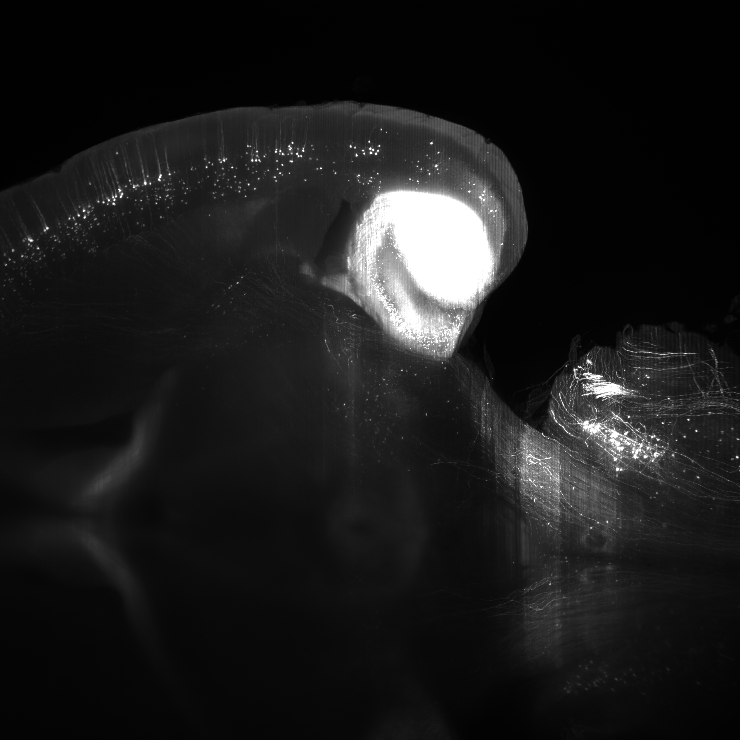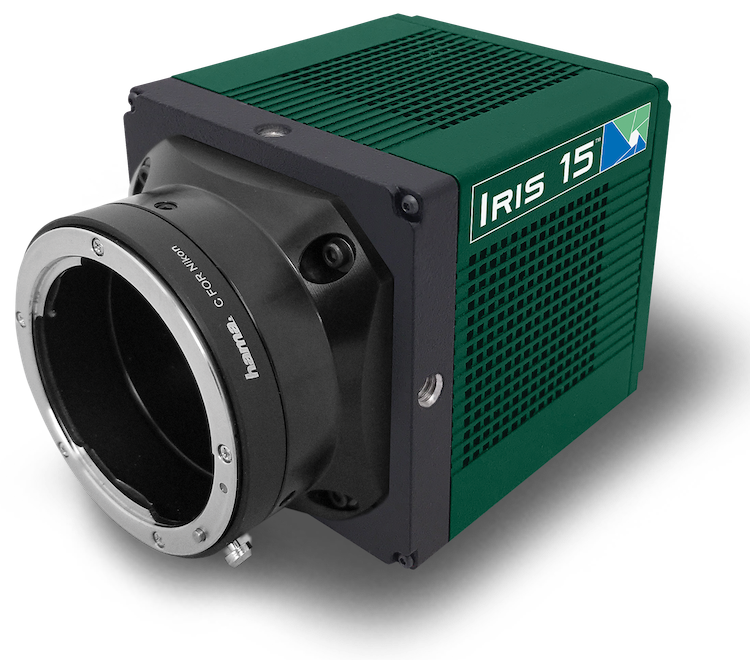Professor Fei Peng
Director of the Group of Bio-Photonics and Microfluidics Technology
Huazhong University of Science and Technology
Background
Dr. Fei Peng’s lab at the Huazhong University of Science and Technology is interested in the development of new technologies for life science. Some of the fields that they focus on include developmental biology, tissue engineering and regenerative medicine.
One of their research interests is the imaging of cleared samples with light-sheet illumination. Dr. Fei told us, “We want to image the whole mouse brain with high throughput and high resolution.”

Challenge
Cleared samples are typically very large which means that low magnification is often necessary to image the entire sample. However, this comes at the cost of resolution.
The current sCMOS camera used in Dr. Fei’s lab has an 18.8 mm diagonal field of view and 6.5 µm pixels. However, they would prefer a camera with a larger field of view, higher resolution and high quantum efficiency.
Dr. Fei explained, “The main challenge in our research is how to balance the trade-off between field of view and axial resolution.”
The Iris 9 and Iris 15 are easy to use and show great performance. The Iris 15 has a very efficient field of view for mouse brain imaging with high magnification without stitching.
Solution
With the larger, 25 mm chip size provided by Iris 15, Dr. Fei could use higher magnification and get the same field of view of the sample.
Dr Fei told us, “This extra magnification combined with the smaller 4.25 µm pixel size helps us to achieve much higher resolution. At the same time, the Iris 9 and Iris 15 have a high enough quantum efficiency that we also don’t need to use too much laser power.”
Dr. Fei continued, “The Iris 15 has a very efficient field of view for mouse brain imaging with high magnification without stitching. For some other samples, the field of view of the Iris 9 is also enough. Furthermore, both of the cameras can maintain a high frame rate of up to 30 frames per second (fps), which helps a lot when chasing high throughput.

